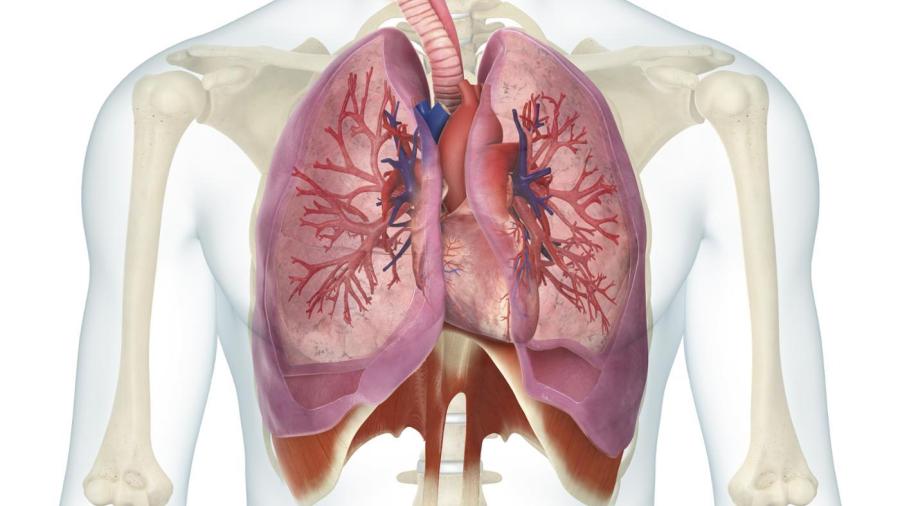What Is the Relationship Between the Heart and the Lungs?

The heart and lungs work together to get oxygen to the tissues. The heart pumps the blood, and the lungs put oxygen into it. This oxygen-rich blood then circulates throughout the body to nourish the cells; oxygen-depleted blood gets collected from the tissues to be oxygenated in the lungs.
The route that puts the heart and the lungs in intimate contact with one another is the pulmonary circuit. Deoxygenated blood, or blood low in oxygen, comes back from all parts of the body and gets deposited in the right atrium. The right atrium contracts, sending the blood into the right ventricle. With the contraction of the right ventricle, this deoxygenated blood full of waste products travels through the pulmonary artery to the lungs. In the lungs, this large artery branches into arterioles and then into the smallest of blood vessels, the capillaries. These capillaries come into direct contact with structures called alveoli, the air sacs of the lungs.
Both the alveoli and capillaries are only a cell thick each, so gases flow easily between them. In the pulmonary circuit, oxygen from the alveoli enters the red blood cells in the capillaries whereas carbon dioxide is deposited in the alveoli. This blood is now oxygenated and depleted of wastes and travels back to the heart via the pulmonary veins. The left atrium receives this oxygen-rich blood and transfers it to the left ventricle, which then contracts to pump this blood to bring oxygen to the rest of the body.





